Maintaining a healthy roof is one of the essential keys to upkeeping the overall health of any property. While shingles and tiles often steal the spotlight for their ability to keep us safe and dry when the weather turns, one crucial component frequently goes unnoticed: roof flashing. Roof flashing plays a vital role in safeguarding your home from quietly occurring water damage and ensuring the longevity of your roof. In this blog, we’ll explore what roof flashing is, why it’s important, and how a trusted roofing contractor can help you with your roof flashing in top shape. To learn more, continuing reading!
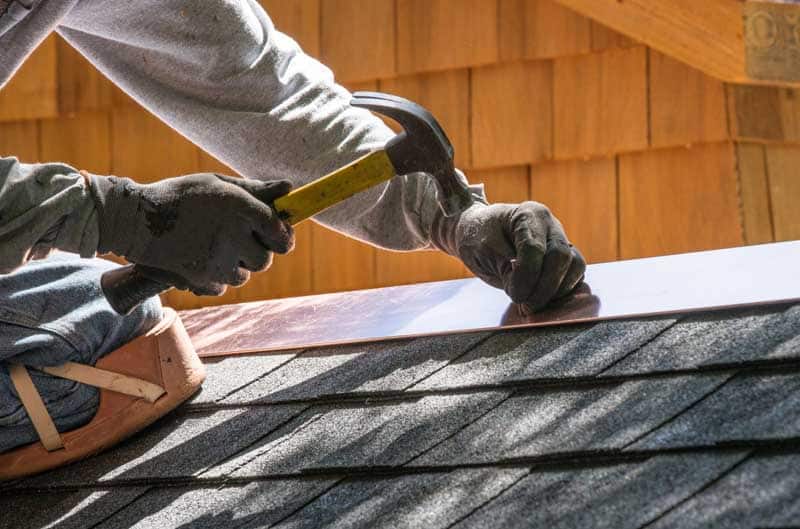
What Is Roof Flashing?
Roof flashing is a thin material, typically made of metal, installed at various points on a roof to direct water away from vulnerable areas. Its primary purpose is to prevent water from seeping into the joints and seams where different sections of the roof meet, such as valleys, chimneys, and skylights. By diverting water away from these critical areas, roof flashing helps protect your home from water damage, mold, structural issues and more.
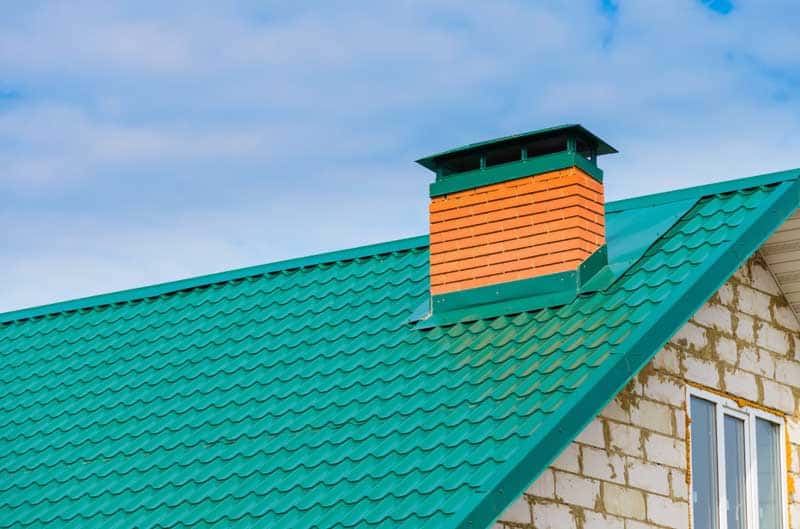 Flashing acts as a barrier that channels water off the roof, working together with the gutters to ensure that moisture doesn’t penetrate the underlying roofing materials. There are various types of roof flashing that can be found within the makeup of a single roof, in order to ensure ultimate protection from the damp. Without proper flashing, even the most well-installed roof can fall victim to leaks, water damage and premature deterioration as time passes.
Flashing acts as a barrier that channels water off the roof, working together with the gutters to ensure that moisture doesn’t penetrate the underlying roofing materials. There are various types of roof flashing that can be found within the makeup of a single roof, in order to ensure ultimate protection from the damp. Without proper flashing, even the most well-installed roof can fall victim to leaks, water damage and premature deterioration as time passes.
Common Roof Flashing Materials
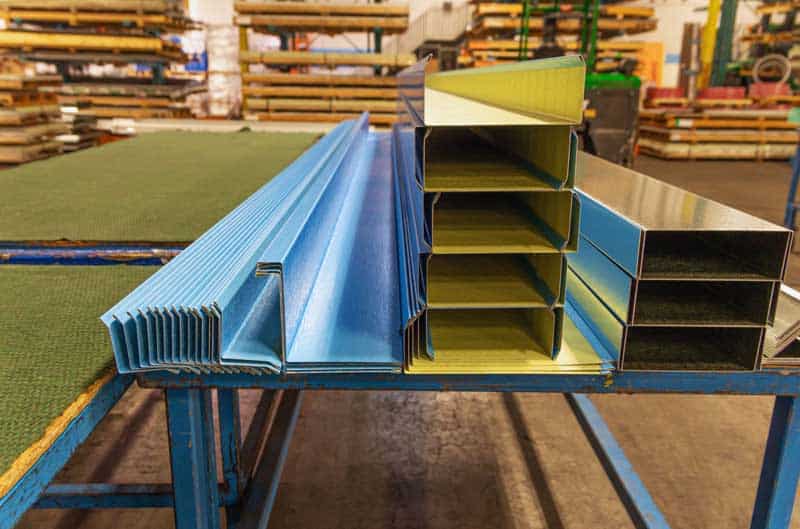
Several materials are commonly used for roof flashing, each with its own set of advantages and disadvantages. Here are the most popular options:
Metal
- Pros: Durable, long-lasting, and resistant to corrosion. Metals like aluminum, copper, and galvanized steel are often used due to their strength and ability to withstand harsh weather conditions.
- Cons: Can be more expensive than other materials. Requires professional installation to ensure proper sealing and alignment.
Rubber
- Pros: Flexible and easy to install. Ideal for complex roof structures with many angles and joints. Provides a good seal against water.
- Cons: Not as durable as metal. Can degrade over time when exposed to extreme temperatures and UV radiation.
Plastic
- Pros: Lightweight, affordable, and resistant to corrosion. Easy to cut and shape for various applications.
- Cons: Less durable than metal. Can become brittle and crack under prolonged exposure to the elements.
Choosing the right material for your roof flashing depends on your budget, the specific needs of your roof, and the local climate. However, if you’re concerned about making that incorrect decision, a professional roofing company can help you make the best choice for your home.
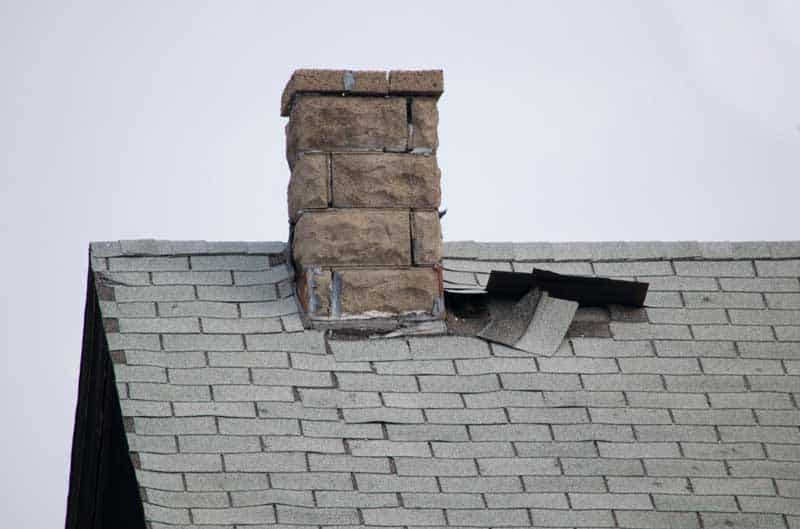
Signs of Inadequate Flashing
Identifying the signs of inadequate or damaged flashing early can save you from costly repairs down the line. Here are some warning signs to watch for:
- Leaks: Water stains on your ceiling or walls are clear indicators of a roof leak. If you notice these signs, your flashing may be compromised.
- Water Stains: Discoloration or staining around roof joints, chimneys, or skylights suggests that water is penetrating the flashing and seeping into your home.
- Deteriorating Shingles: Shingles that are curling, blistering, or deteriorating near roof edges or joints may be a sign of water infiltration due to faulty flashing.
Ignoring these issues can lead to severe water damage, mold growth, and even structural problems. Addressing flashing problems promptly with professional roof flashing repair, installation, or replacement is crucial to avoiding future headaches and expensive repairs.
Proper Installation Techniques
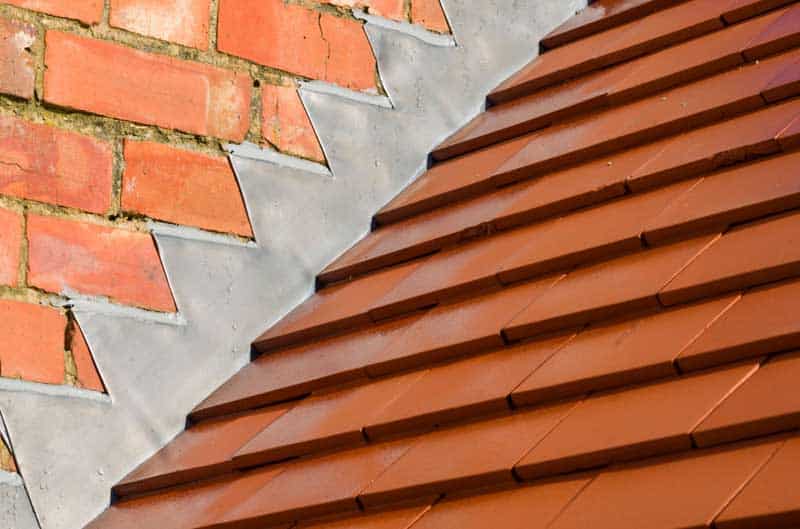
Proper installation of roof flashing is crucial to its effectiveness in preventing water damage. Using high-quality materials such as durable metals ensure long-lasting protection. Placement is another critical factor, as flashing must be installed at all vulnerable points, including valleys, roof edges, and around chimneys, skylights, and vents. By securing the flashing with roofing cement or caulk, water is prevented from seeping through the seams, thereby maintaining the integrity of the roof.
While some may attempt DIY installations, hiring a professional roofing company guarantees that the flashing will be installed correctly and last the entirety of its expected lifespan. Skilled technicians have the expertise necessary to ensure that the flashing is properly placed and sealed, providing maximum protection for your home.
Maintenance and Inspection
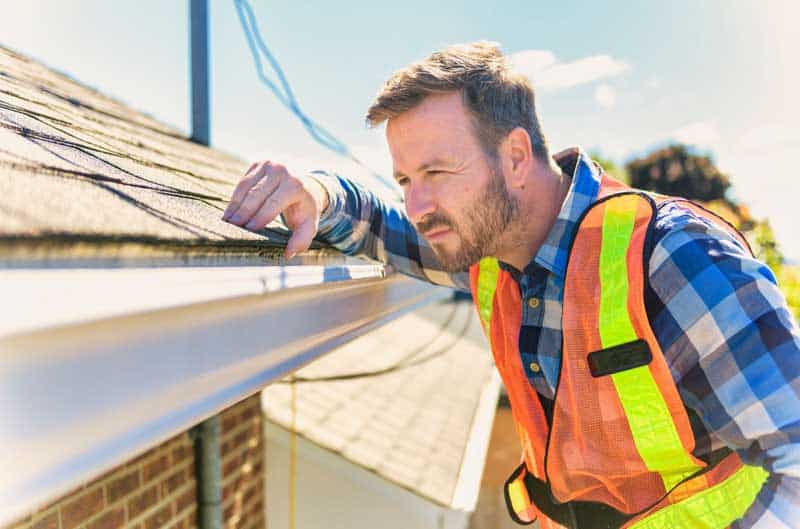
Regular maintenance and inspection of roof flashing are essential to ensure its continued effectiveness. Have your roof inspected by a professional roofing contractor at least once a year. They can identify and address any flashing issues before they become major problems. Between professional inspections, you can perform some basic maintenance tasks yourself:
- Clean Debris: Remove leaves, twigs, and other debris from your roof and gutters to prevent water buildup.
- Check for Damage: Look for signs of wear and tear, such as rust, cracks, or loose flashing.
- Seal Cracks: Use roofing cement or caulk to seal any small cracks or gaps in the flashing.
While these DIY tips can help maintain your roof flashing, it’s important to rely on professional services for thorough inspections and repairs.
Finding Your Future Roofing Partner
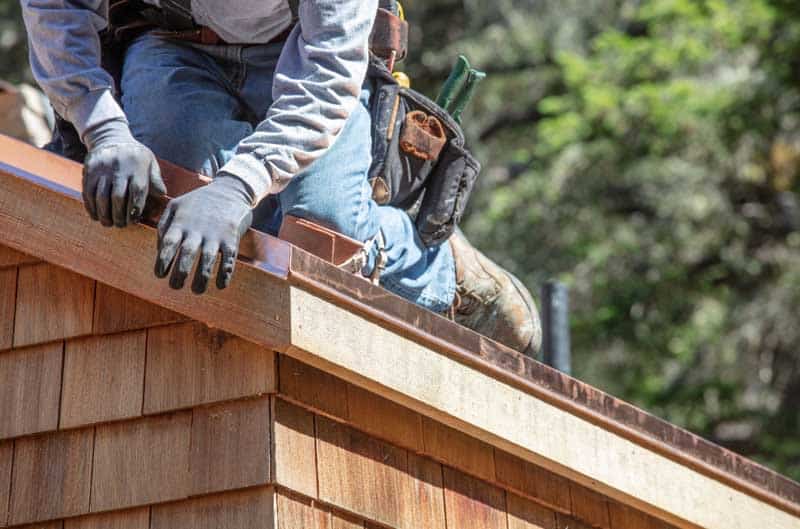
Rainy City Roofing stands out as a trusted partner for all your roofing needs. With over 30 years of combined experience, we are a second-generation company who pride themselves on building strong connections with our neighbors and local businesses. We strive to provide exceptional roof and gutter services to those living in or around the Portland and Vancouver metro area, that ensure smooth operations for both homes and businesses.
By using only high-quality materials, from the last shingle to the flashing, we guarantee that your roofing project will withstand the test of time and the elements. Our dedication to quality means that your roof will be built to last, providing peace of mind for years to come. Come rain or shine, from repairs to new installations to cleanings, we’re committed to providing superior roofing services you can rely on, no matter the season. Trust Rainy City Roofing for expert roof flashing installation and maintenance, and rest assured that your roof is in capable hands.
Next Steps
Roof flashing is a critical component in maintaining a healthy roof, protecting vulnerable areas from water damage and ensuring the longevity of your roofing system. Proper installation, professional inspections and regular maintenance are essential to keep your roof flashing – and consequently, your entire roof – in optimal condition.
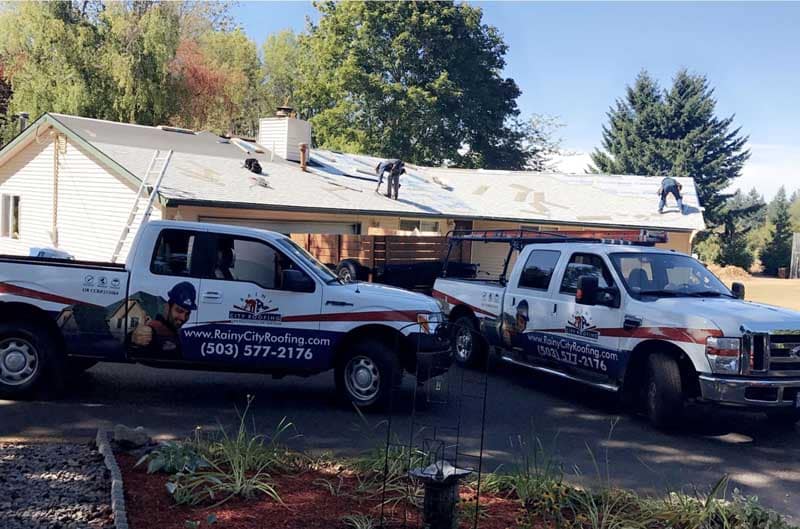
Looking for a reliable Portland roofing company? Invest in Rainy City Roofing’s services and enjoy our new peace of mind knowing that your roof is in capable hands. With our years of experience, commitment to quality, and comprehensive services, Rainy City Roofing is the trusted partner you need
for all your roofing needs.
Don’t wait until it’s too late – contact Rainy City Roofing today for a free consultation and protect your home from water damage with expert roof flashing installation and maintenance. Call or visit our website to get started!

